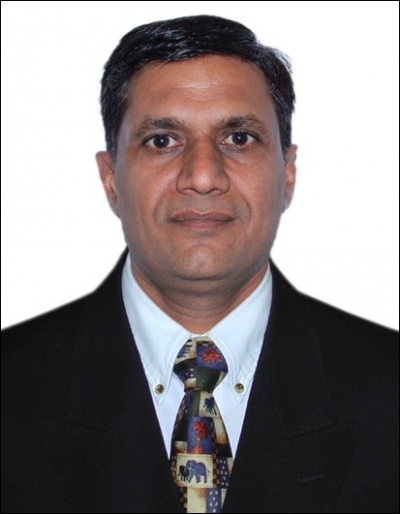
Section Collection Information
Advanced soundproof technology, advanced porous nanomaterials, advanced porous biomaterials, porous nanofibers and advanced porous composite materials have all arisen as ground-breaking disciplines areas of scientific study that have revolutionised numerous sectors and created previously unimaginable opportunities for innovation. Porous materials like soil, aquifers, petroleum reservoirs, zeolites, biological tissues, bones, wood, cork, rocks and cements and ceramics are very important these days. Porous materials are useful in applied science and engineering. Porous materials are used in filtration. Concept of porousity in soil mechanics, rock mechanics have great practical importance. It is observed recently that the poro-elastic wave propagation in shallow subsoil layers can be practically utilized to obtain reliable, in-situ values of properties like hydraulic conductivity and porosity of the shallow soil layers. Two important current fields of application for porous materials are energy conversion and energy storage, where porous materials are essential for superpacitors, fuel cells, and batteries. Concept of porousity is useful in geomechanics, petroleum engineering, construction engineering, bioremediation, biophysics and material science. Porous material are used in soundproofing technology.
Application of porous materials in our daily life is insurmountable as they exists in vast majority of our modern materials for one basic instance: we use different types of porous materials to clean our drinking water. Porous material like chitosan adsorbents, porous composites and porous polymer-inorganic nanocomposites are used in Wastewater Treatment. Porous nanocomposites and magnetic-nanoparticles are used in anticancer therapy and in healthcare. Porous nanofibers and nanotechnology in porous textiles and Porous functional materials, Porous Compoites have Biomedical Applicability. With the invention of contemporary frameworks in recent decades, the scientific community's interest in porous materials has increased significantly. But it is vital to recognise that porous materials have been around for a lot longer than we might immediately imagine. Usefullness of porous materials have always attracted the scientific community into continually researching them and the scope of the same research and practicality of the subject is immense.
We look forward to receiving your contributions in porous materials.

